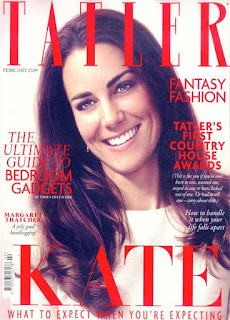After directing 2001’s cult classic Fight Club, David Fincher decided to direct something smaller and simpler. Thus Panic Room is set almost entirely in a New York brownstone mansion, occupied by a wealthy divorcee and her daughter.
There is something highly theatrical about this piece and it could easily be adapted for theatre, the entire spectacle takes place over a night in which, after Meg Altman and her daughter, Sarah move into their new home, criminals break in looking for something hidden in the upstairs safe, they are surprised to find that the new occupants of the house have already moved in, and after the occupants lock themselves in the panic room where the safe is hidden.
Fincher and screenwriter David Koep were inspired to make this film after watching a news story about how wealthy suburban WASPs were building panic rooms to protect against interlopers. The second and third acts involve the intruders trying to coaxe the family out of the panic room in order to access the safe.
Although it was originally conceived as a standard popcon thriller, in typical Fincher style it is, in reality, far more complex than that, the film plays upon themes of mortality, suburban paranoia and the insecurity of wealth.
Throughout the film the panic room is frequently compared to a coffin, and Sarah relates being trapped in the panic room to being buried alive, this is an interesting comparison, and especially true given how the phone is disconnected and they have no way of contacting the outside world, the way Sarah compares their situation to being buried alive shows that she is losing hope, and that she feels a sense of finality in their situation.
The film also touches on themes of suburban paranoia, the very presence of a panic room shows a paranoid fear of interlopers and tresspassers, and the numerous high security features in the room, feel unnecessary, and show the paranoia of the previous owner.
FInally another theme frequently explored in this film, and throughout many other of Fincher’s works is how insecure wealth can be, although Meg, being a divorced woman is obviously fabulously wealthy, and can afford to buy such extravagant security features as a panic room and CCTV, it is apparent that her wealth, in addition to being useless in the situation in which she finds herself, actually makes her a target, and that the unnecessarily large house she buys makes her highly vulnerable.
The film stars Jodie Forster as Meg, and Kristen Stewart as her daughter, Forster manages to bring gravitas to a film which could appear frivolous in the hands of a less capable lead actress. And Kristen Stewart proves that she is capable not only of some pretty decent acting, but also of closing her mouth occasionally. This film proves that before she was artistically raped by the sheer awfulness of the Twilight Saga, that she was actually a pretty decent actor, and as child stars go, she’s really bloody good in this film.
As the three interloper who try and break in to the panic room, Forest Wittaker plays Burnham, the most compassionate of the group, and Jared Leto plays Junior, grandson of the previous owner of the house and a hardened criminal. Finally Dwight Yoakam plays the third archetype of criminal, a hardened and rutheless and mechanical assassin who rarely shows his face and who kills with little compassion. These three men represent three stereotypes of criminal, and it is interesting that they all share the same fate, in spite of their different outlooks.
Whilst it may appear to be just another popcorn flick, Panic Room is a theatrical and thought out thriller, which makes a great statement on the notion of security and mortality in an era directly after 9/11, and which features fine performances from it’s leads.





























